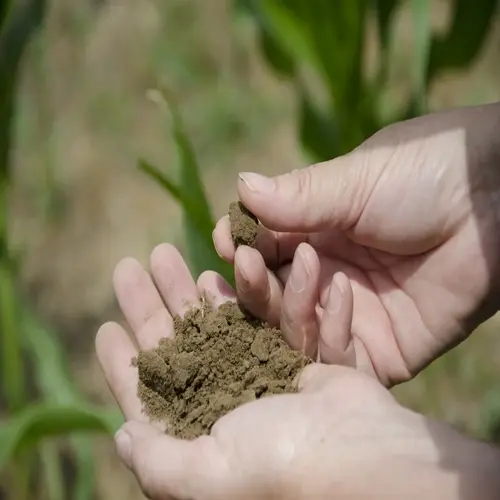What nutritional benefits do heirloom tomatoes provide?

Written by
Nguyen Minh
Reviewed by
Prof. Samuel Fitzgerald, Ph.D.Compared to commercial hybrids, heirloom tomato varieties offer markedly better nutritional benefits due to their concentrated phytonutrients. Each color group provides specific health benefits, for example: the heart health promoting anthocyanins in purple tomatoes to detoxifying chlorophyll found in green varieties. These nutritional strengths have occurred through natural adaptation to the local soils rather than laboratory modified genetic alterations.
Purple/Black Tomatoes
- Anthocyanins reduce cardiovascular inflammation
- Higher antioxidant levels than blueberries
- Protect against cellular oxidative stress
- Examples: Cherokee Purple Black Krim
Red Varieties
- Lycopene concentrations up to 30% higher than hybrids
- Proven prostate cancer risk reduction
- Enhances skin protection against UV damage
- Examples: Brandywine Mortgage Lifter
Green/Yellow Tomatoes
- Chlorophyll supports liver detoxification
- Higher vitamin C than citrus fruits
- Lutein promotes eye health
- Examples: Green Zebra Yellow Pear
The nutritional density of heirlooms is directly influenced by the soil composition. Calcium-rich soils help to increase lycopene in red varieties. Potassium available enhances anthocyanins in purple tomato types. Organic matter increases vitamin C in all varieties. The combination of soil creates specific nutritional profiles that are unique from site to site.
Cooking methods impact nutrient degradation differently. In red tomatoes, lycopene levels increase steadily with moderate heating. For purple varieties, anthocyanin breakdown occurs at temperatures greater than 300 °F (149 °C). Vitamin C is preserved in green varieties when consumed raw. Fermenting yellow tomatoes is more beneficial for the probiotics.
The time of harvest maximizes the nutritional benefit. Fully vine-ripened tomatoes develop complete phytonutrient profiles. Tomatoes harvested in the morning will have the most vitamin concentrations. Once put in refrigeration, antioxidants are significantly reduced. They should be stored at 55-70°F (13-21°C) for the best nutritional retention.
Read the full article: Top 10 Heirloom Tomato Varieties for Your Garden

